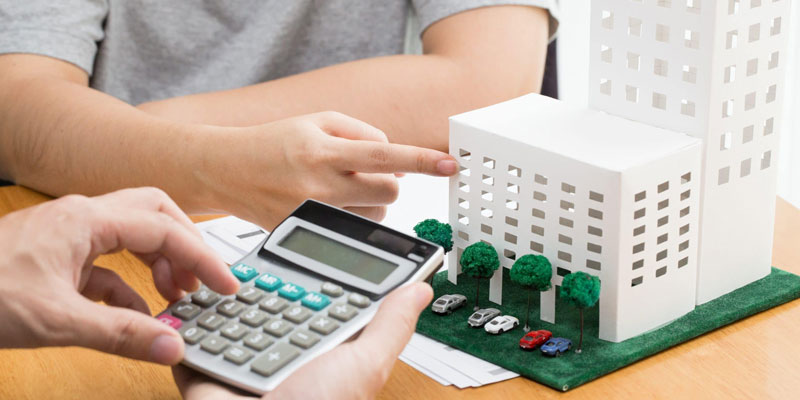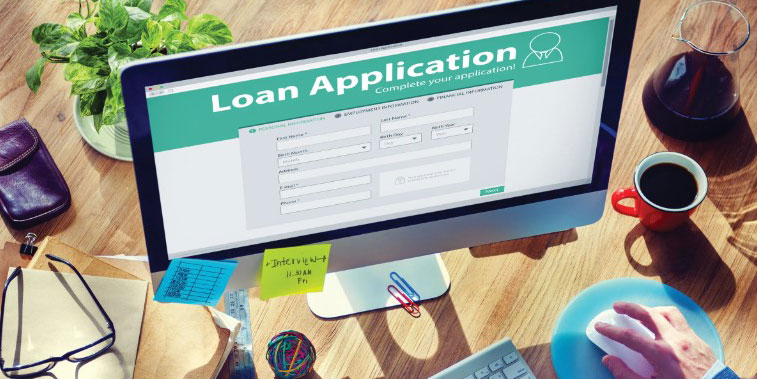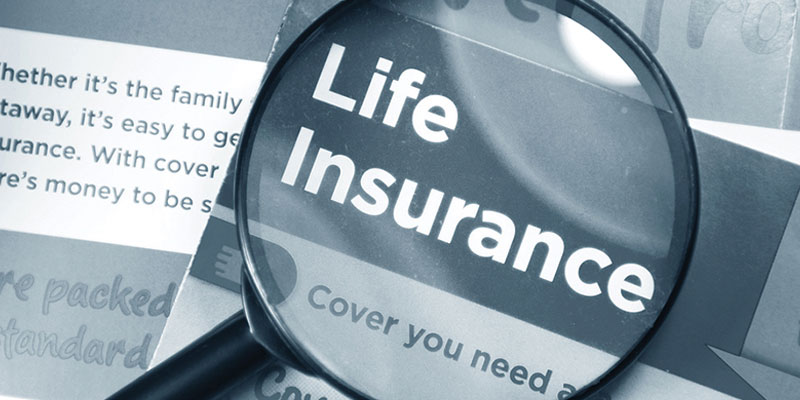Student loans and credit card debt are two of the most common forms of debt carried by individuals, and they are also two of the most challenging to repay. The most efficient strategy for paying off several debts is to pay off one loan at a time. Using this strategy, you will make substantial, one-time payments toward only one of your debts while maintaining the minimum payments on all other debts. However, determining whether debt should be paid off first, credit card debt or student loan debt, may be difficult.
Make sure that you are up to date on all of the payments on all of your accounts before you start working toward aggressively paying down any form of debt. You will not improve your financial situation by entirely ignoring payments on one loan to pay off another. If you are behind on your payments, this will not only lower your credit score but also make it more difficult for you to get caught up and pay off your balance. These are the aspects of the repayment to take into consideration:
- The repercussions of delinquent payment
- cancellation of the obligation to pay the debt
- Flexibility in terms of repayment
- The ease with which overdue amounts may be brought current
- The expense of servicing the loan over the long run
- Total balances
- Borrowing money made simple, despite existing obligations
Non-Payment Consequences
Student loans and credit card debt both fall under unsecured forms of debt. This indicates that there is no collateral attached to the debt in the same way that there is with a mortgage or an auto loan. If you fall behind on your payments, the creditor or lender cannot automatically seize any of your property to pay off the debt.
Your credit score will negatively impact you if you fail to pay any debt. After a period during which no payments have been made, the creditor or lender may decide to employ a debt collector from a third party to pursue the debt. You risk being sued for past-due obligations, and if you lose the litigation, the judgment will be entered against you. The court can issue a bank levy or wage garnishment when the judgment is entered. This debt collection may be used for overdue balances on credit cards or unpaid school loans.
Capability to Discharge the Obligation
One of the most significant distinctions between credit cards and student loans is the relative simplicity with which credit card debt may be eliminated via filing a bankruptcy. If you file for bankruptcy, you may be able to have your student loan debt erased, but you will have a greater burden of evidence.
You are required to provide evidence that paying off the debt would force you to live with a standard of living that is lower than the bare minimum, that you will be unable to make payments for a significant portion of the repayment period, and that you have already attempted to work out a payment plan with your lender but have been unsuccessful in doing so. In most cases, this degree of documentation is not required to have a bankruptcy court dismiss credit card debt.

Ability to Adjust Monthly Payments
The alternatives for repaying student loans are far more adaptable than the possibilities for paying off credit card debt. Lenders often provide many different repayment plans, from which you may choose one appropriate to your level of financial capability. For instance, most lenders provide a repayment plan that depends on your income and may be adjusted according to your spending and income. In the event that you are unable to make your payments or if you decide to return to school, your lender may provide you with the option of forbearance as well as deferral.
Interest on credit card balances begins to accrue immediately, and the rate at which it does so is often fairly high. In most cases, payments are expected immediately — or on a monthly basis — and cannot be postponed until the student has graduated, in contrast to other student loans. You must make a minimum payment on your credit card each month to maintain your credit in good standing. This payment is often rather minimal. You can pay more than the minimum monthly payment to have your amount paid off faster.
Bringing Current Overdue Balances Up to Date

You have additional choices for catching up on past-due student loan payments. Your lender may be able to cancel all of the payments you've missed in the past by applying forbearance to your account retrospectively and thereby erasing those payments. The lender may also be able to recalculate your monthly payments by including the amount that is past due as part of the total loan amount. Although this can result in larger monthly expenses, it will eventually bring you up to speed.




